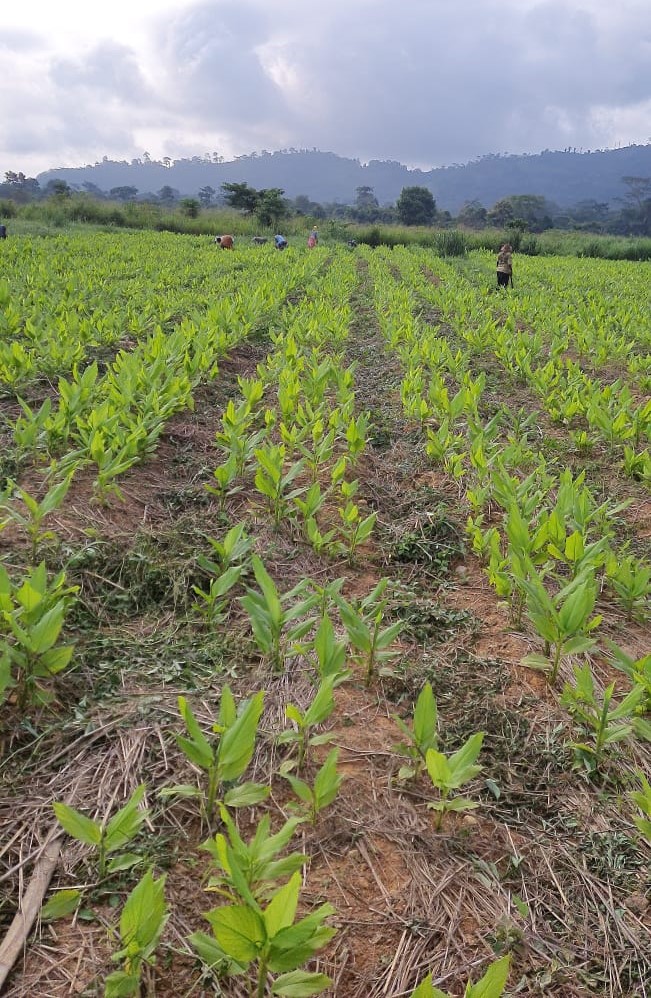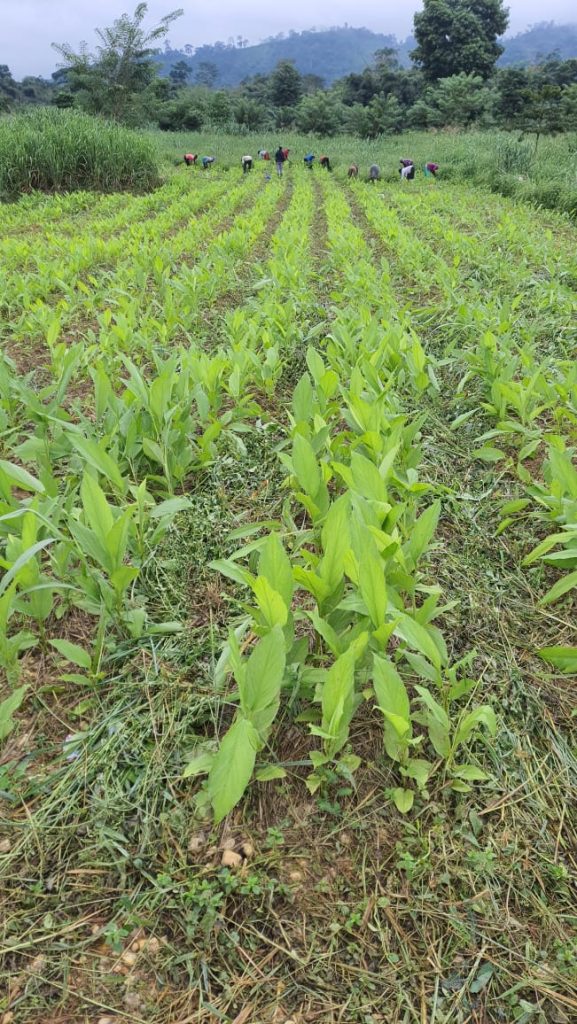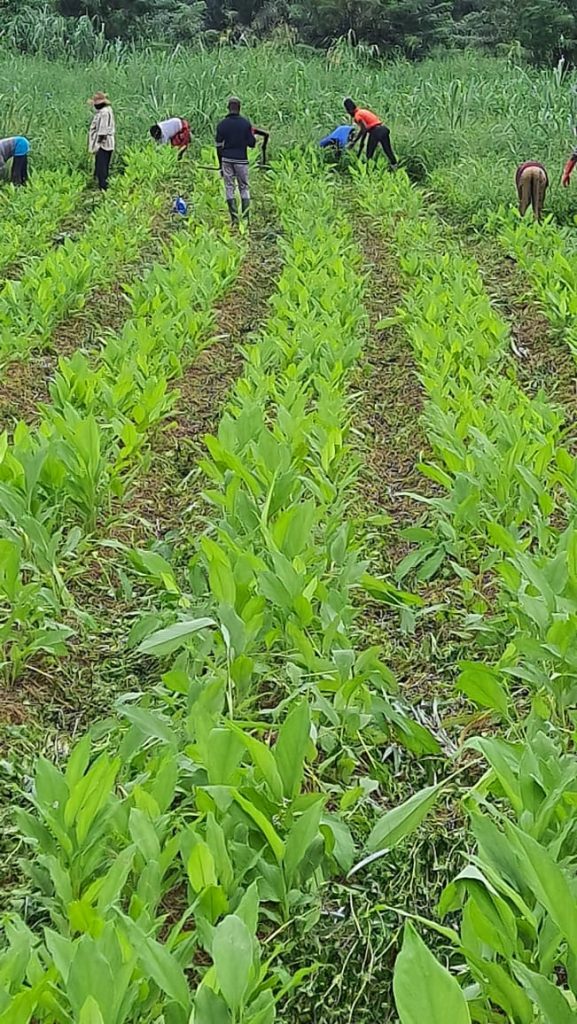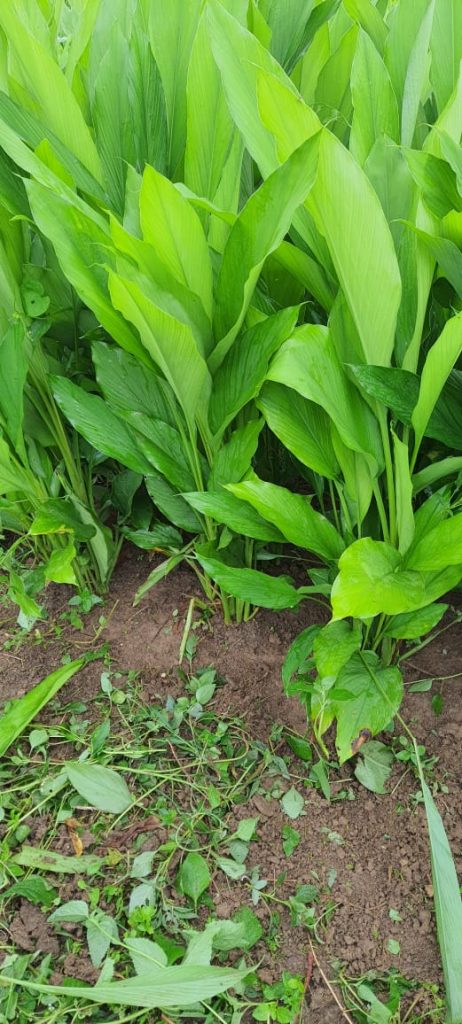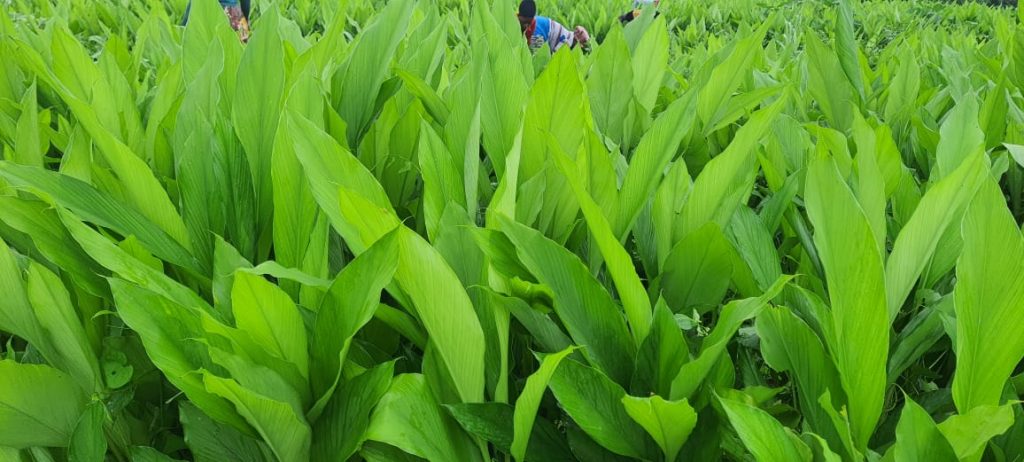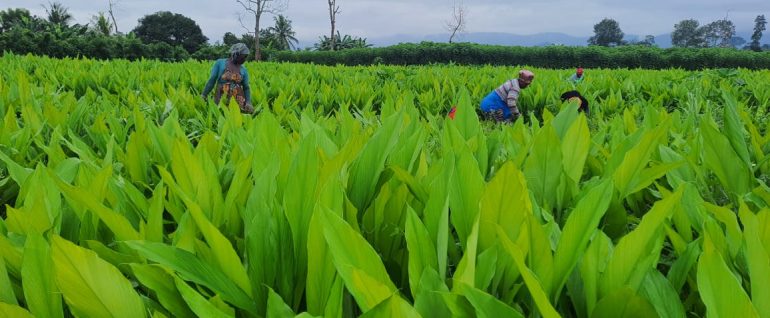After my post last week about Byju John and his Turmeric production in Ghana, I got a question about why I was promoting a crop not grown in Africa. I did not answer the question, but I’m going to do it here.
First, Turmeric is being grown in Africa. Just a bit over 3% of the world’s production is in Africa. Second, while Turmeric can be grown in Africa, most Turmeric consumed on the continent is imported. That means, locally grown Turmeric is a huge opportunity. Third, diversification in crop production is only good. It reduces the risk, strengthens local agriculture, reduces imports, and promotes local production. There are a host of other reasons why one should pursue a crop that is not common, or even unknown locally, but I will not go deeper into that here.
Now, let’s take a closer look at Turmeric.
Turmeric originates from southern India and is referred to in agent text as far as over 4,000 years back. Meaning that turmeric has been cultivated for a very long time. By 800 CE, turmeric had already spread over much of Asia, and by 1600 it had reached the Caribbean and the Americas.
Turmeric is an essential ingredient in Indian cuisine, for example, it’s the most important ingredient in Indian curry blends. It is also commonly used in popular dishes around the world, including Japanese and Lebanese cuisines.
Besides food, turmeric has historically been used in medicine and some of the earliest records referring to plants in medicine refer to turmeric. In the past, it was used for all kinds of ailments, such as indigestion, inflammations, soreness, and the like. Nowadays, turmeric can be found in various dietary supplements for a variety of conditions, including arthritis, digestive disorders, respiratory infections, allergies, liver disease, depression, and many others.
Turmeric does well in different types of soils, but optimal conditions are found in well-drained sandy or clay loam soils with a pH range of 4.5-7.5. Healthy soil, with high organic content, is mandatory.
Just like other crops, turmeric is affected by diseases and pests. The most common insect pests attacking turmeric are Shoot Borer and Rhizome Scale. The best way to fight against the pests is by preventive measures. Keeping the cultivation area clean before planting and promptly removing weeds and anything that may contaminate the crop. Against the Shoot Borer, it is recommended to spray malathion 0.1% at 30-day intervals, starting at the first detection of the pest attack. It has been found that neem oil is effective against the Rhizome Scale, but since each country has different regulations regarding pesticides, you should consult relevant authorities to determine what products can be used in each case.
The diseases farmers should be looking out for are Rhizome rot, Leaf spot, and Leaf blotch. The management of these diseases is started by selecting seed material from disease-free areas and selecting tolerant varieties. Further for prevention, make sure the soil is well drained and no water stagnation in the fields. Promptly remove diseased plants and burn them. Deep plough in the summer and make sure that crop rotation is followed.
As mentioned in our last post, Byju John is currently cultivating 50 acres of turmeric, and 25 acres of ginger and peppers, each. In our next post, we will be talking about ginger and peppers and then we will talk to Byju John about the biggest challenges he has faced with his crops in Ghana.
Please do not hesitate to contact Byju John, he says that all those who are interested in farming, investment agriculture projects, and contract farming in Africa please contact him directly by e-mail: byjukjohn@gmail.com or by phone at + 233 57 617 7554.
Stay put and follow Agri Project Africa for the whole story and other stories like this. Please share Byju John’s story on your platforms and with the agricultural community around the continent.


